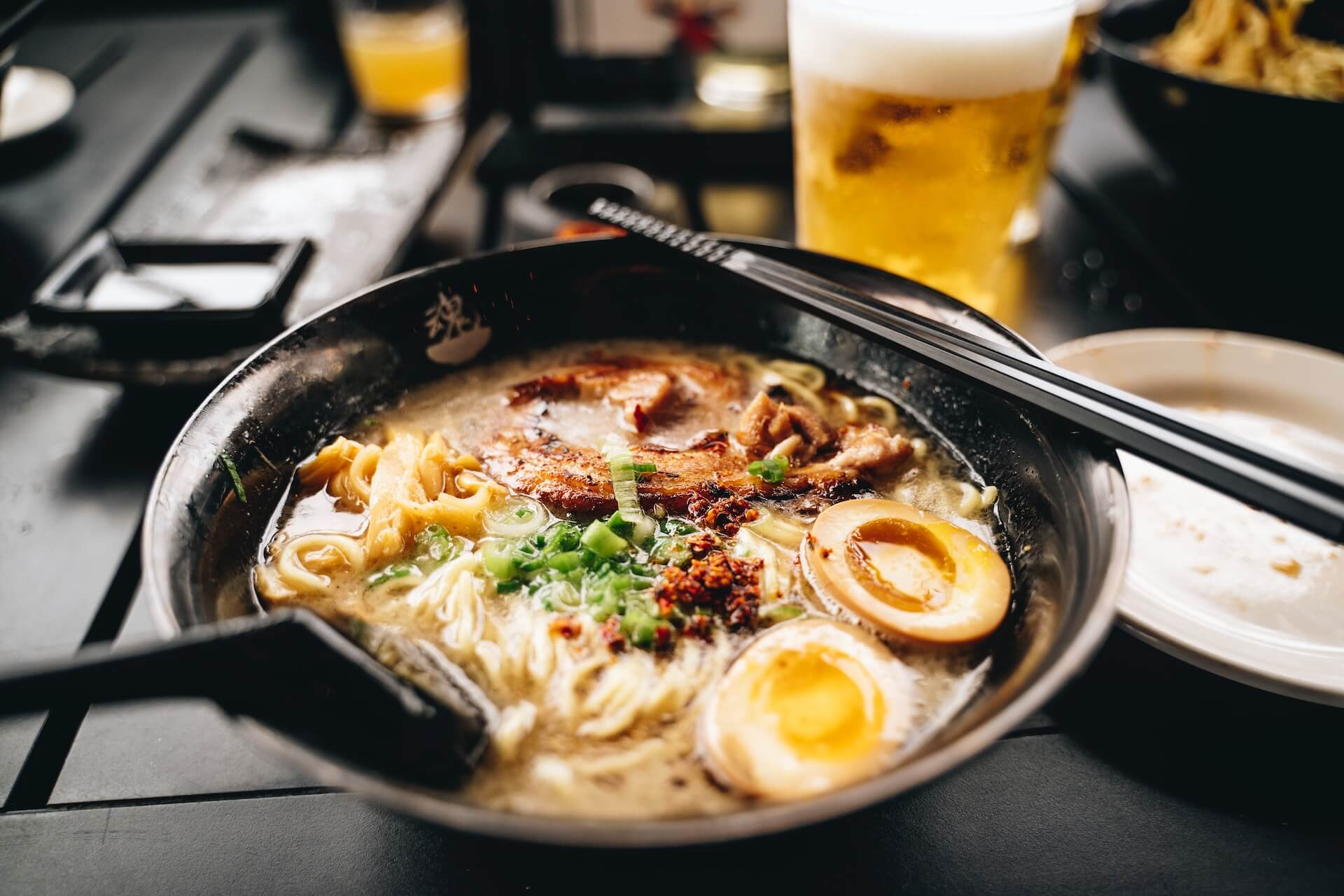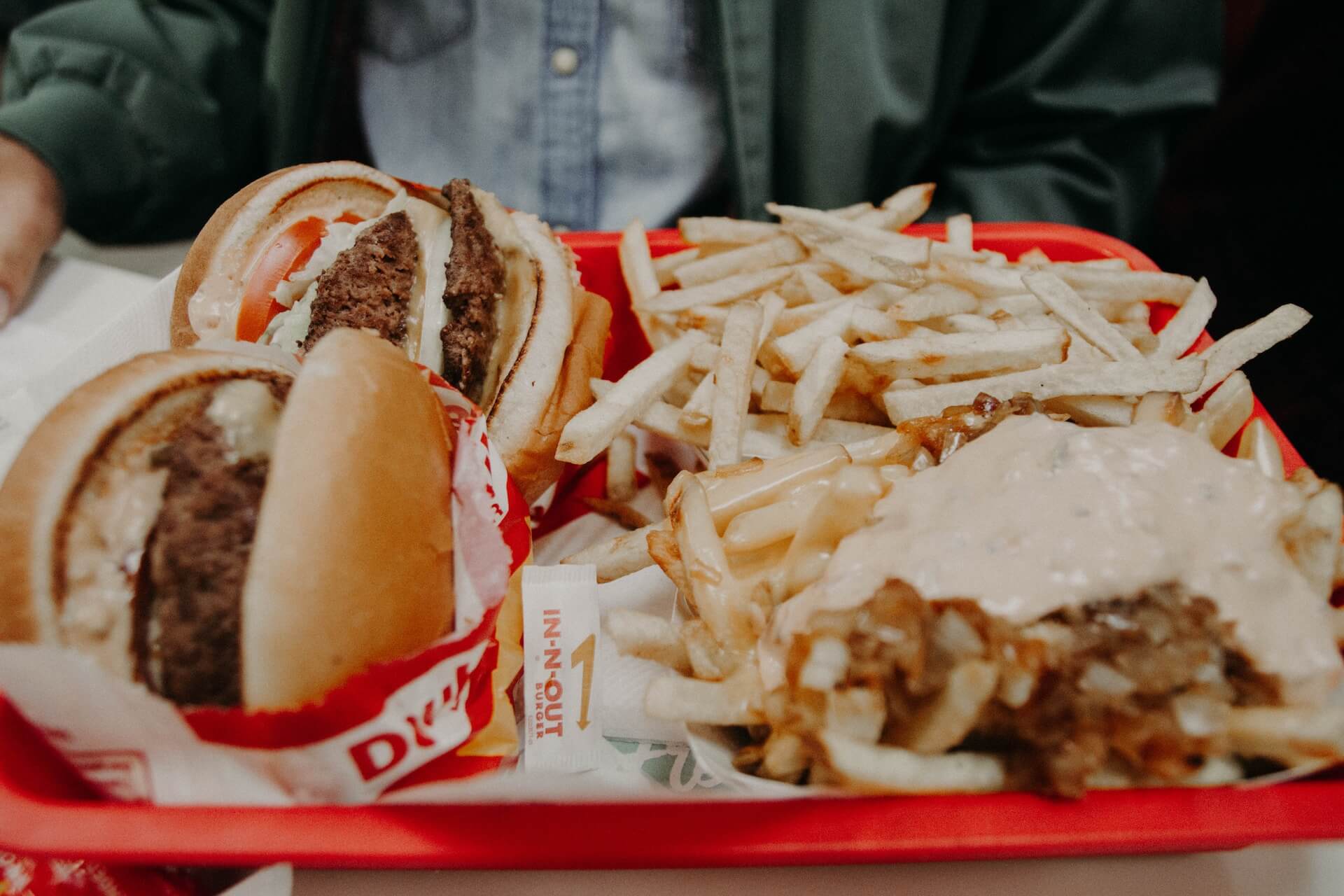The Best Hotel in the World is in Italy
by David Klemt

An intimate, 24-key property with extraordinary views of Lake Como holds the number-one spot on the first-ever World’s 50 Best Hotels list.
Unquestionably, every hotel on the list is incredible. Clearly, the World’s 50 Best is making their standards clear. Truly, I don’t envy the task the voters and academy chairs will face in organizing the 2024 list. (I do envy their travels and hotel stays, of course.)
Passalacqua, once a villa owned by a count, has earned the World’s 50 Best Hotels crown.
View this post on Instagram
Interestingly, a number of the hotels on the inaugural World’s 50 Best Hotels list are similar in size to Passalacqua, as far as number of keys goes. Like the number-one hotel, Aman Venice (no. 14) also has 24 keys. The Singita Lodges (no. 15) at Kruger National Park have 23 keys. Finally, Nihi Sumba (no. 18) has 27 keys, though they’re all separate villas.
Of course, Passalacqua also features separate buildings.
At the top of the property sits the Palazz, a decadent but elegant country home. Heading toward Lake Como from the Palazz, guests encounter the luxe Villa. Following are the bar, pool, fitness center, bocce court, tennis court, and acres of immaculate gardens. Overlooking the alluring waters of Lake Como is the Casa al Lago, literally “the House by the Lake.”
Through the Palazz, Villa, Casa al Lago, and seven acres of gardens, Passalacqua delivers a unique interpretation of luxury.
La Villeggiatura
I’m certain that when some people hear “best hotel” they immediately picture opulent temples built to deliver the highest level of hospitality to the elite among elite guests.
However, luxury, opulence, elegance, decadence… In the hospitality world, particularly in the five-star segment, there are multiple interpretations of those words.
On one end of the spectrum a concept can be ostentatious, pretentious. And on the other, an operator and their team can take great pains to ensure they deliver an experience that simply whispers luxury.
Passalacqua approaches luxury and indulgence with intention. There’s no question that the villa, built in the late 1780s for Count Andrea Lucini Passalacqua, is opulent. Villa Pasalacqua was put up for auction by its previous owner, an American banker, and purchased by the De Santis family in 2018. The family, who also operate the stunning, 84-key Grand Hotel Tremezzo, partnered with interior design studio BAMO for a three-year restoration. The results, of course, are breathtaking.
Breathtaking but restrained. Passalacqua’s guiding principle is to allow its guests to experience la villeggiatura. While some English speakers translate this concept to a vacation or getaway, it’s much more than that to Italians.
La villeggiatura, traditionally and to the Passalacqua team, means to leave one’s city home and travel for a stay in a country home, often for an entire season. The De Santis family delivers on this concept, adhering to their mission to ensure that Passalacqua guests feel as though their relaxing and recharging at their home in the country.
Considering what the collective at BAMO has to say about the property, the villa itself dictated that they honor la villeggiatura during the restoration of the property.
Quiet Luxury
Luxury and indulgence go beyond interior and exterior design, of course. Those elements are also about more than simply anticipating and catering to a certain level of guest’s every whim.
One of my favorite components of Passalacqua is the approach to food and beverage.
We’re talking about a property in Italy that has been ranked the best in the world; F&B must be part of the discussion.
The approach, according to Passalacqua, is to immerse guests in a feeling. That feeling is that they’re staying at their own country home or the elegant home of an Italian friend.
So, a guest may find their way to the kitchen. And that guest may find themselves chatting with the brigade, and then learning how to make pasta or tasting through wines that were just delivered.
Forget the chef’s table—this is an invitation to the chef’s home.
From what I can find, the F&B program at Passalacqua is incredible but unpretentious. It’s a carefree breakfast, an airy lunch with new friends, and an intimate yet convivial dinner with one’s favorite people.
This is quiet luxury and indulgence, and, to me, is what sets Passalacqua apart.
What World’s 50 Best Hotels Says
For further insight into why Passalacqua boasts the title of Best Hotel in the World, consider the following:
“Set within spectacular terraced gardens and unfolding over just 24 rooms in an 18th-century villa, Passalacqua is a showcase of the finest Italian craftsmanship in a sumptuous riot of ornate Baroque elegance. Ceiling carvings, original frescoes, Murano chandeliers and perfectly manicured gardens: it all comes together in a sublime retreat.
“The hotel is the creation of the De Santis family, whose history in hospitality is manifest throughout the Passalacqua operation. Each element of the hotel, from its lauded design to its formidable staff and breathtaking location, works in total symbiosis to earn the establishment the inaugural title of The World’s Best Hotel 2023.”
The World’s 50 Best Hotels continues:
“From its perch amid private grounds in Moltrasio, the hotel’s 24 rooms are spread out over three buildings: the main villa, the eight-room Palazz (housed in the former stables with giant original exposed beams) and the four-suite Casa al Lago down by the lake. Inside, Italian craftsmanship abounds with original frescoes and ceiling carvings that are further embellished with gilded mirrors, 19th-century portraits, lacquered antique tables, Murano chandeliers and Il Bronzetto light fittings. Outside, seven acres of perfectly manicured terraced gardens with olive groves, mimosa, roses and magnolia lead to the sexy pool terrace which is dotted with vibrant JJ Martin-designed parasols that add a cheeky, fashionable flair to the otherwise classic opulence.”
Congratulations to the owners and team behind Passalacqua! And congratulations to the 49 other spectacular hotels and resorts on the list.
Cheers!
Image: Stefano Anzini / Passalacqua

















